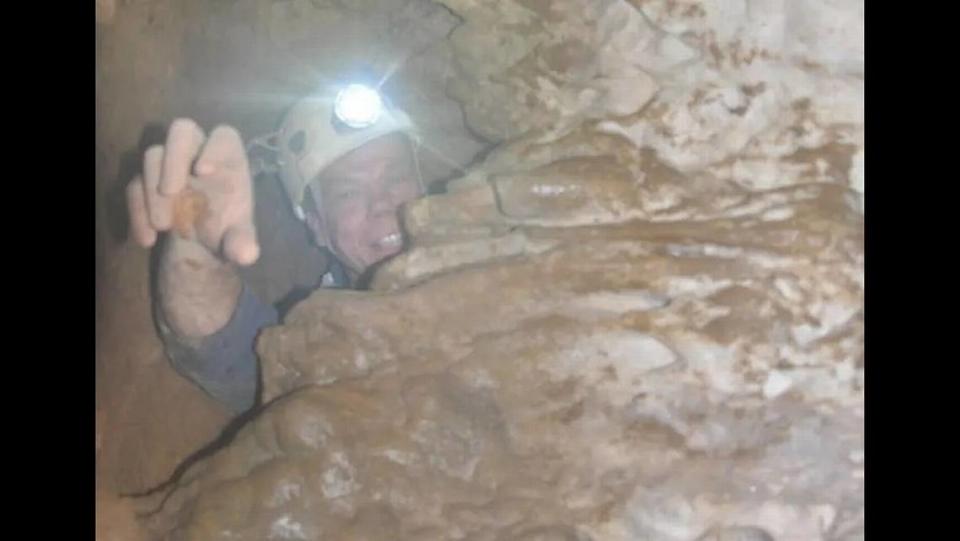‘Fantastic discovery’ leads archaeologist to 11,000-year-old human remains in Britain
For the last six years, Martin Stables has spent much of his time digging in a cave.
The archaeologist — who lives in a northern region of Britain — has been working on excavations inside Heaning Wood Bone Cave, searching for any evidence of prehistoric human life. Recently, he came upon a particularly special item: the earliest human remains found in Britain.
The human bone dates back about 11,000 years to the Early Mesolithic period, according to a Jan. 24 news release from the University of Central Lancashire. Stables also discovered a periwinkle shell bead with the bone.
“I never expected anything like the Early Mesolithic connection in my wildest dreams,” Stables said in the release. “After six years digging it’s all ended up in a place I never expected it to get to. I can’t wait to hear all the final results, it’s staggering so far, difficult to imagine what it would have been like around here over 11,000-years-ago.”

Before his latest discovery, Stables also unearthed other human and animal bones, stone tools, ancient pottery and shell beads, the university said.
Archaeologists at the school have analyzed Stables’ finds, and they have identified a total of at least eight prehistoric humans who were buried in the cave, according to the university. Other artifacts found at the site indicate that all were deliberately buried within the cave.
The newest find adds to experts’ theory that the cave was used for burials during three different periods in time: the Early Bronze Age about 4,000 years ago, the Early Neolithic era about 5,500 years ago and — thanks to Stables’ find — the earliest stages of the Mesolithic period about 11,000 years ago.
“This is a fantastic discovery,” Rick Peterson, an archaeology professor at the school, said in the release. “We’ve been delighted to confirm Martin’s unbelievable find dates back around 11,000-year-ago and gives us clear evidence of Mesolithic burials in the north.”

The remains also provide a glimpse into some of the earliest human activity in Britain after the end of the last Ice Age, the archaeologists said. Older remains have been found in southern England and Wales, but past glaciations have destroyed such evidence in northern Britain making Stables’ find even more rare.
Stables’ discovery replaces the previous oldest evidence — a 10,000-year-old burial which was found in 2013 in a nearby cave, the university said.
Together, the two burial sites are providing experts greater insight into prehistoric Britain, according to Peterson.
“Cave burials like this are well known from some periods of British prehistory and the Heaning Wood burials are an important addition to our knowledge of funeral practices,” he said in the release. “Together with the slightly later dates from Kent’s Bank Cavern, it shows, as people re-occupied the land, how important the whole of Britain was to this process.”
Experts are now working to determine what happened to each of the humans found buried in the cave and further research at the site is ongoing.
The remains were found about 280 miles northwest of London.
Newly discovered 10,500-year-old civilization shows rare glimpse at prehistoric survival
40,000-year-old cave full of animal skulls might be first known site of human rituals
What did people eat 9,000 years ago? Hunting cave reveals glimpses of diets in Mexico

